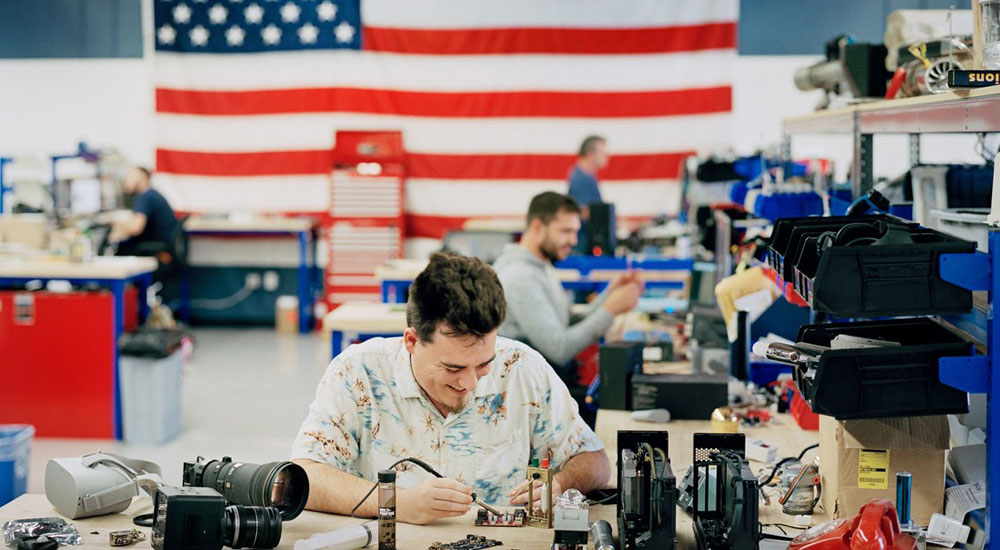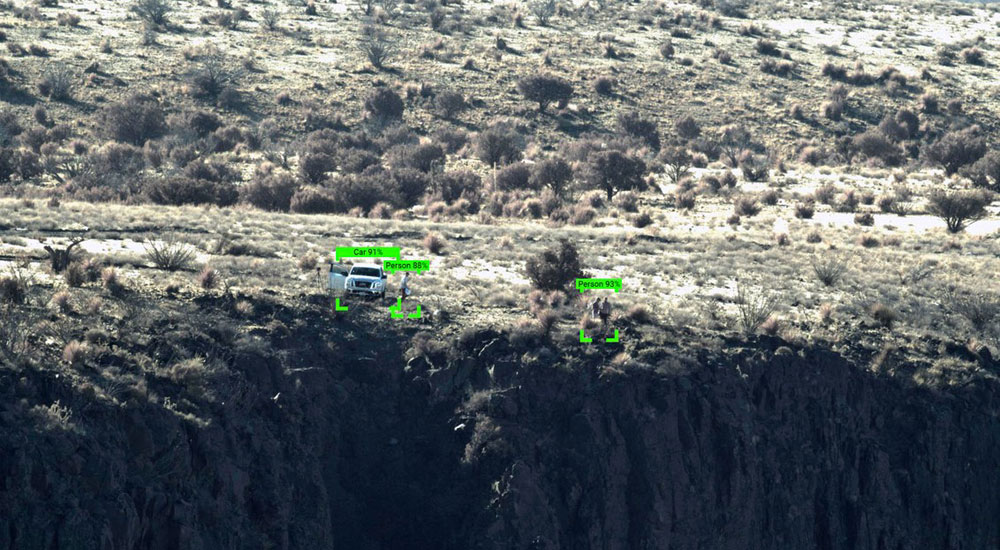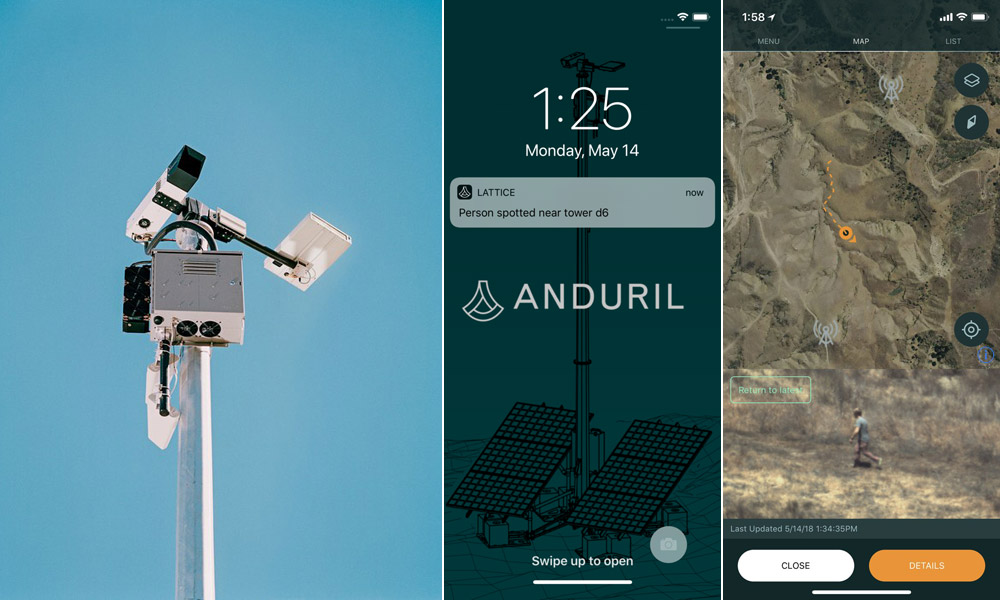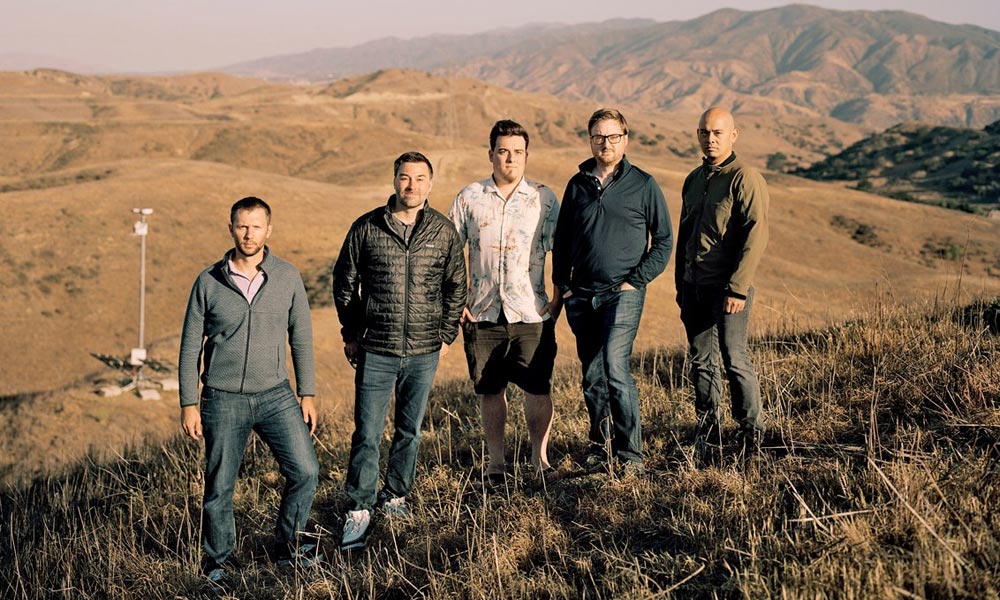Palmer Lucky, the “father” of Oculus Rift, is developing a virtual battlefield system for the Pentagon.

Startup Anduril Industries inventor Palmer Lucky contracted by the Pentagon as part of the controversial Project Maven program. The latter should become an advanced analytical system that will view and process videos shot by drones. Maven algorithms must effectively learn to distinguish people in the scanned personnel and promptly provide quality information to military officers about the situation in a military zone.
The Maven program has caused widespread discontent in Silicon Valley. Last year, Google began to participate in the Pentagon project, but angry employees of the Internet giant demanded to cease cooperation with the military. As a result, Google management decided not to renew the contract after its expiration in 2019. For the company, this turned out to be a loss: according to correspondence received by The Intercept journalists, the business development unit expected an increase in profits from military contracts from 15 to 250 million dollars a year.

')
A similar situation with the Pentagon met resistance from Microsoft employees. They demanded their company to abandon the 480 millionth contract, under which the American army will receive 100,000 HoloLens mixed reality headsets. Due to the current political situation in the United States, public opinion is rather disapproving of the development of military technology.
Palmer Lucky founded Anduril Industries in 2017. If the name seems familiar to you, it’s because it’s taken from The Lord of the Rings: this was the name of the forged sword of Aragorn, one of the main characters in the novel. Together with Lucky, the startup co-founded several former managers of the startup Palantir Technologies, which provides analytical software for hedge funds, special services and investment banks. This is another Tolkien project, named after the magic ball of Palantir.

Lattice Tower, photo Wired
The main goal of Anduril Industries is the creation of military technology, but so far the company is known only for the Lattice project. This is an "electronic" digital wall to guard the borders of the country, an alternative to the "great wall of Trump." Lattice consists of towers with video cameras, lidar, infrared sensors and UAVs. The software for the "wall" automatically distinguishes between people and coyotes, sees flying drones. Data from the tower can be transferred to a virtual reality headset, and it will highlight objects like in a computer game.
Three Lattice test towers were installed in the summer of 2018 on a private ranch in southern Texas. During the ten weeks of their work, they helped the border guards catch 55 violators and seize 445 kilograms of marijuana. During the test, Samsung Gear VR virtual reality glasses were used. The cost of Lattice is 500,000 dollars per mile. For comparison, the concrete border wall, which the American president promised to build on the Mexican border, will cost $ 24 million per mile.

View from glasses connected to Lattice, Wired photo
Anduril Industries began working with the military back in 2018. The Lattice project has been actively adapted for Maven. As a result, the first phase has already been completed; According to unconfirmed Pentagon data, its result was the system of virtual terrain review for the military. It allows soldiers to see the battlefield remotely and more accurately target drone strikes.
Lucky hinted at Anduril's participation in Project Maven during the Web Summit conference in Lisbon last November. “We are working on obtaining data from a variety of different sensors and combining them on a platform with artificial intelligence, which can build an ideal three-dimensional model of everything that happens over a large area,” said Lucky. “Then we analyze this data, mark all tags with tags, find important places and transfer people to the battlefield on mobile devices.”
“In the future, I think, soldiers will become superheroes with the ability of omniscience: they will know where every enemy, every ally and all resources are,” he continued. According to the entrepreneur, the soldiers will remotely control the machines and tools with the help of helmets of virtual and augmented reality.

Lattice Tower and its mobile application, photo Wired
In the same speech, Lucky expressed confidence that the military would be the first to wear augmented reality headsets, and not consumers. VR and AR devices compete with smartphones and should become much better smartphones before turning into a mass device.
Recall that Lucky became famous as a popularizer of virtual reality helmets and the inventor of the virtual reality headset Oculus Rift. Her crowdfunding campaign first “blew up” Kickstarter, and then a promising startup bought out Facebook. At that time, Palmer was only 22 years old.

Startup team Anduril
Unfortunately, this luck left him. In 2016, a scandal broke out due to the fact that Lucky supported Donald Trump in the American elections, not Hillary Clinton. In 2017, Zenimax sued Oculus VR, accusing the latter of stealing intellectual property to develop a virtual reality helmet. Trump support Lucky did not forgive the media and the public, and the situation with Zenimax led to dismissal from Facebook. However, before the series of public fiasco, Lucky met Trey Stevens, a former Palantir employee, and began to think about military technology.
Technologies created during the work of Anduril for the Maven program will be used in real conditions in Afghanistan. When exactly this happens, is still unknown.


Source: https://habr.com/ru/post/443428/
All Articles